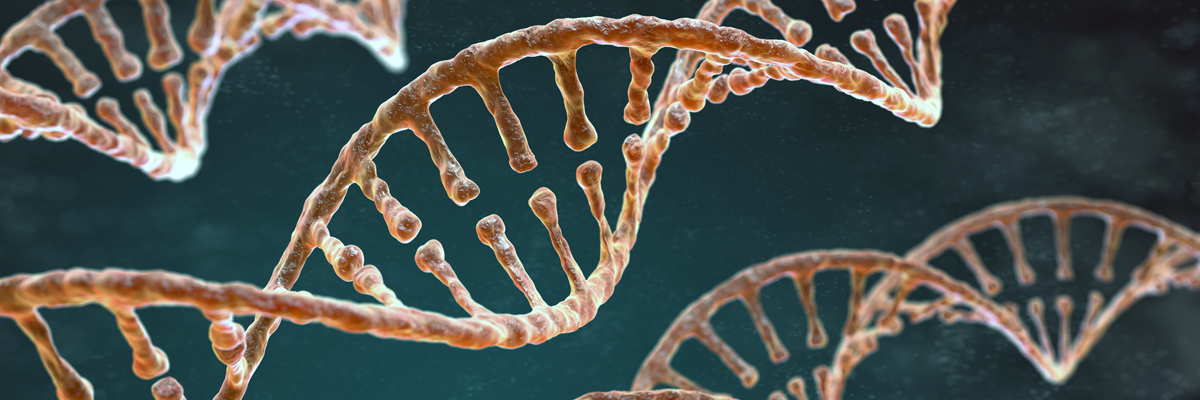What are the Roles of Genomics and Proteomics in Drug Discovery and Personalized Medicine?
Introduction
Genomics and proteomics are two essential fields in modern biology, playing a critical role in understanding the genetic and protein landscapes of organisms. These disciplines have significant applications in drug discovery, personalized medicine, and beyond. This article explores the techniques, applications, and roles of genomics and proteomics in advancing healthcare.
What Do Genomics and Proteomics Involve?
- Genomics: The study of genomes, the complete set of genetic material within an organism, including the analysis of genes and their functions. Genomics aims to understand the structure, function, and evolution of genomes.
- Proteomics: The study of proteomes, the entire set of proteins produced by an organism. Proteomics focuses on the structure, function, and interactions of proteins, which are crucial for virtually all biological processes.
How Do We Transition from Genomics to Proteomics?
- Genomic Sequencing: Techniques such as next-generation sequencing (NGS) allow for the comprehensive analysis of an organism’s genome, identifying genetic variations and mutations.
- Transcriptomics: This intermediate step involves studying the RNA transcripts produced by the genome, providing insights into gene expression and regulation.
- Protein Identification and Quantification: Techniques such as mass spectrometry (MS) are used to identify and quantify proteins, linking genomic data to protein expression and function.
- Bioinformatics Integration: Combining genomic and proteomic data through bioinformatics tools enables a holistic understanding of biological systems and their regulation.
What are the Applications of Genomics and Proteomics?
- Drug Discovery: Genomics and proteomics are integral to identifying new drug targets and understanding disease mechanisms. By analyzing genetic and protein variations associated with diseases, researchers can develop targeted therapies.
- Personalized Medicine: These fields enable the development of personalized treatment plans based on an individual’s genetic and proteomic profiles, leading to more effective and tailored therapies.
- Biomarker Discovery: Identifying genetic and protein biomarkers is essential for early disease detection, prognosis, and monitoring treatment responses.
- Functional Genomics and Proteomics: These applications involve studying the functions of genes and proteins, understanding their roles in biological processes, and identifying potential therapeutic targets.
What is the Role of Genomics and Proteomics in Drug Discovery?
- Target Identification and Validation: Genomic and proteomic analyses help identify and validate new drug targets by uncovering the biological basis of diseases.
- Mechanistic Insights: Understanding the genetic and proteomic alterations in diseases provides insights into disease mechanisms, aiding in the design of targeted therapies.
- Pharmacogenomics: This subfield focuses on how genetic variations influence drug responses, helping to optimize drug efficacy and minimize adverse effects.
- Proteome-Based Screening: High-throughput screening of proteomes allows for the identification of protein targets and the development of small-molecule inhibitors or activators.
What Techniques are Used in Genomics and Proteomics?
- Genomics Techniques:
- Next-Generation Sequencing (NGS): Allows for rapid and comprehensive sequencing of entire genomes.
- Genome-Wide Association Studies (GWAS): Identifies genetic variations associated with specific diseases.
- CRISPR-Cas9: A powerful tool for genome editing, enabling precise modifications of DNA sequences.
- Proteomics Techniques:
- Mass Spectrometry (MS): A core technique for identifying and quantifying proteins, as well as studying protein modifications.
- Two-Dimensional Gel Electrophoresis (2D-GE): Separates proteins based on their isoelectric point and molecular weight, allowing for detailed protein analysis.
- Protein Microarrays: Enable high-throughput analysis of protein interactions and functions.
What are the Current Trends in Genomics and Proteomics?
- Single-Cell Genomics and Proteomics: Studying individual cells to understand cellular heterogeneity and its implications for health and disease.
- Integrative Omics: Combining genomics, proteomics, transcriptomics, and metabolomics data to gain a comprehensive understanding of biological systems.
- Artificial Intelligence and Machine Learning: Applying artificial intelligence and machine learning to analyze complex genomic and proteomic data, accelerating discoveries and therapeutic developments.
- Clinical Applications: Increasing use of genomic and proteomic data in clinical settings for diagnostics, treatment planning, and monitoring.
Conclusion
Genomics and proteomics are revolutionizing our understanding of biology and medicine. Their applications in drug discovery, personalized medicine, and biomarker discovery are transforming healthcare by enabling more precise and effective treatments. As technologies and methodologies advance, the integration of genomics and proteomics will continue to drive innovations in biomedical research and therapeutic development.


